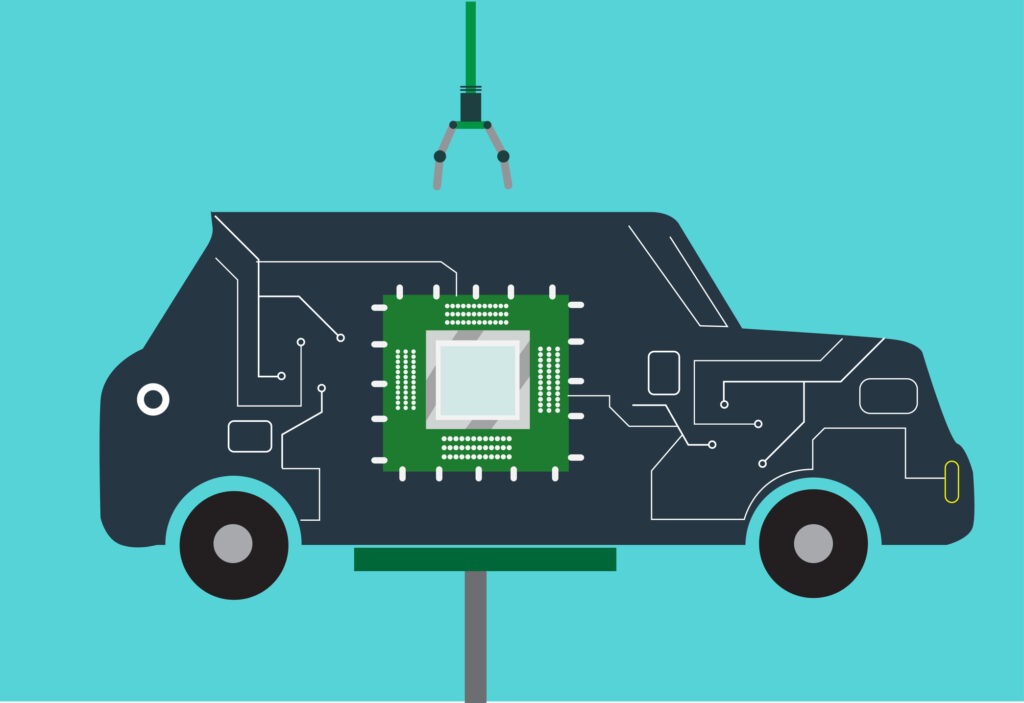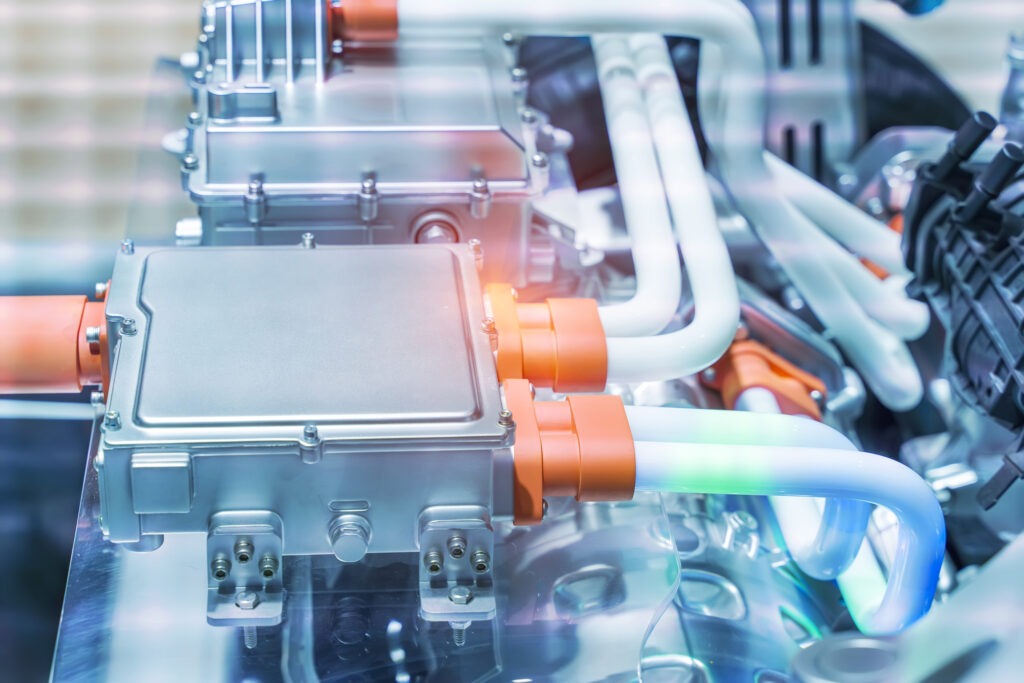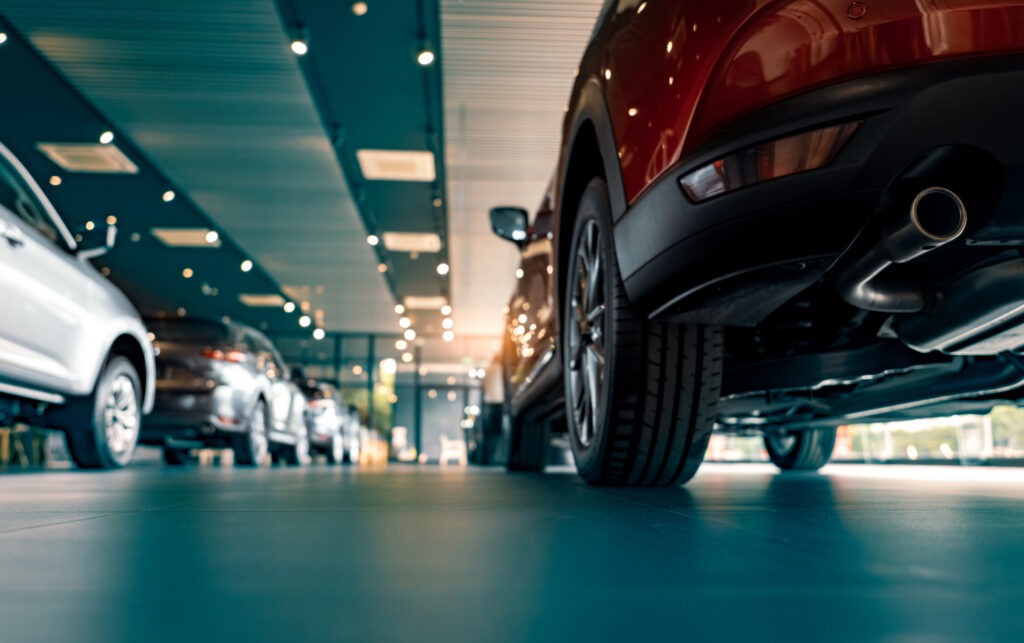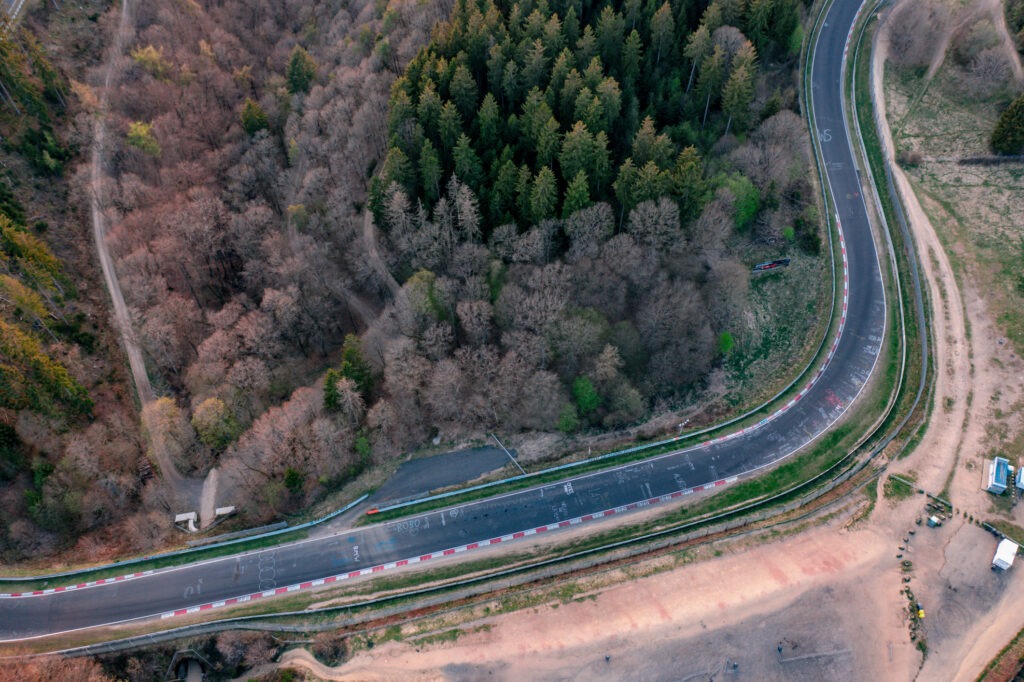Who makes the most electric vehicle batteries?
24 August 2023
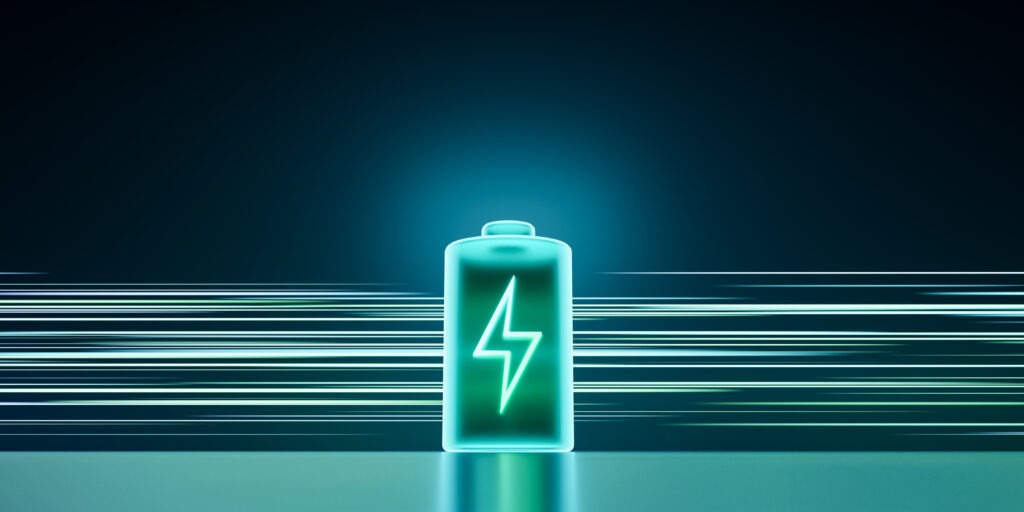
Batteries are a critical component of the automotive industry’s electric vehicle (EV) transition. Manufacturers capable of delivering these essential power-storage units will find themselves highly sought after, as electrified supply chains continue to grow.
Automotive demand for lithium-ion batteries grew by roughly 65% last year, up to 550GWh from 330GWh in 2021. Demand for power-storage components will only increase as sales of EVs keep climbing. The European battery industry alone is estimated to be worth €250 billion annually from 2025. Yet which company is leading the way when it comes to supply for the automotive industry?
Taking charge at the top
Data supplied by EV-volumes.com has revealed the top battery suppliers in the first half of 2023, and how quickly these companies have been able to increase their output since 2015.
In the first half of 2023, CATL supplied the largest volume of cells for use in both electric passenger cars and vans. With an output of 92.8GWh, the manufacturer achieved a year-on-year increase of 55.8% against the 59.6GWh delivered between January and June 2022.
The second largest cell supplier was LG Energy Solution (LGES), delivering a volume of 57.1GWh, up 71.3% year on year. While impressive, this growth was overshadowed by the 100.8% year-on-year increase achieved by third-place BYD, hitting 49.4GWh.
Then came Panasonic in fourth (28.1GWh), SK On in fifth (18.5GWh), Samsung SDI in sixth (15.5GWh) and CALB in seventh (9.1GWh). Supplying 4.8GWh, Farasis Energy came in eighth, followed by smaller manufacturers categorised into an unspecified category in ninth (4.6GWh), then Envision AESC in 10th (4.2GWh).
CATL in front
When looking back to 2015, CATL’s position as the battery supplier with the biggest capacity is even more impressive. At that time, the company’s output sat at 0.6GWh before slowly growing to 5GWh in 2017. The manufacturer then entered a period of more accelerated growth, supplying nearly 26GWh in 2016. The following year saw a slower advance to 27.6GWh before output increased by over 450% between 2020 and 2022, reaching 152.8GWh.
A recent report by Reuters suggested that Chinese battery makers, including CATL, are facing slowing demand and increased pressure from carmakers to lower costs, amid a price war and reduced vehicle sales. However, with new battery technology right around the corner, the cell supplier might not be too worried.
Capable of supplying 700km on a single charge and energising back to 400km of range in 10 minutes, the Shenxing is CATL’s new lithium iron phosphate (LFP) battery. The manufacturer plans to get this superfast charging unit into mass production by the end of this year and into EVs during the first quarter of 2024.
‘The future of the EV battery technology must remain steadfastly anchored at the global technology frontier as well as the economic benefits,’ said Dr Wu Kai, chief scientist of CATL. ‘As EV consumers shift from pioneering users to ordinary users, we should make advanced technology accessible for all and enable everyone to savour the fruits of innovation.’
LGES just ahead of BYD
In 2015, LGES supplied 1.1GWh of cells for use in passenger cars and vans. This output climbed steadily into 2019 when the company hit 12.6GWh. A period of more rapid growth then followed, with the supplier reaching 71.2GWh in 2021, then 86.3GWh in 2022.
The manufacturer recently confirmed it is aiming to reach an EV production capacity of over 300GWh in North America by 2025, backed by a $17 billion (€15.6 billion) investment. The strategy tracks alongside the company’s expectations for the US to stand alone as an EV growth market, with worse outlooks for Europe and China.
Close on the heels of LGES was BYD, which saw fluctuations in cell supply from 2015 to 2022. The manufacturer grew its output from 1.3GWh to 3.8GWh in 2016, followed by 3.7GWh in 2017. This pattern repeated itself with growth in 2019 (9.9GWh), but figures receding slightly to 9.5GWh in 2020. Yet as with other battery builders, the following years saw a sharp spike upward as the EV market gained more traction, putting BYD’s cell supply at 72.8GWh in 2022.
BYD is currently capturing headlines with reports of new factories across the world. The Chinese company is said to be in talks with KG Mobility about building a joint battery plant in South Korea, according to Reuters. News of a production site in Hungary also circulated earlier this year, with a €27 million investment in the works.
Gradual growth
Panasonic was out ahead in 2015, supplying 4.4GWh of cells for automotive applications. It maintained this position over the next four years, with supply increasing to 30GHw. A short dip in 2020 to 29GWh, followed by a return to growth, enabled a production of 45.5GWh in 2022.
Building on this level of supply will not simply be a case of ramping up production, the battery maker will also need to ensure direct demand. In July, Panasonic confirmed it had entered talks with Subaru to set up a medium to long-term partnership to cover the supply of automotive cylindrical Li-ion batteries. The supplier also confirmed it had entered similar discussions with Mazda.
SK On saw more marginal output from 2015 to 2018, only reaching its first full-year GWh milestone in 2019 when its output reached 1.8GWh. This was followed by steady growth in 2020 (7.5GWh), 2021 (16.8GWh) and 2022 (31.3GWh).
In August, on the company announced it would establish a cathode manufacturing facility in Canada with Ford and EcoPro BM. Meanwhile, the battery builder also signed a memorandum of understanding to secure ground for an expansion of a facility in Seosan City, South Korea, with which it hopes to reach an annual domestic production capacity of roughly 20GWh.
